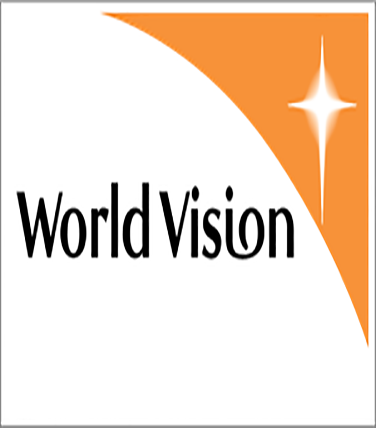End Program Evaluation- Laksam Area Program (AP)

Despite notable progress in reducing maternal mortality rates and achieving high gross enrollment rates in primary education, Bangladesh continues to face challenges. The country's maternal mortality rate has declined by 72% over the past decades; however, 10 women still lose their lives daily due to childbirth complications (Trends in maternal mortality 2000–2020: WHO). Additionally, Bangladesh ranks 112th in the Global Knowledge Index, highlighting the need to address the quality of education. The government has decreased expenditure in education from 21% to 11.7% of the total budget (UNESCO-2020). Furthermore, wealth inequality persists, with the top 10% of the population owning 38.9% of the wealth, while the bottom 10% only possessing 1% (HEIS Report-2016). In response to these challenges, World Vision Bangladesh (WVB) aimed to bridge the gaps in maternal mortality, nutrition, and livelihood.
The Laksam Area Program (AP) is a specific phase of the ADP, known as LEAP3. Initially targeting vulnerable locations such as Bakoi Union, Kandirpar Union, Mudafarganj Union, and Laksam Municipality, the Laksam AP has an overarching goal to upgrade health facilities, create job opportunities, enhance financial stability, ensure child safety, and provide access to clean water and sanitation for targeted families by the end of the fiscal year 2024. The Laksam AP emphasizes community involvement and sponsorship through its Community Engagement and Sponsorship Plan (CESP). Collaboration with various stakeholders, including local communities and governmental bodies, is a crucial strategy to achieve efficient and long-lasting results. While the Laksam AP is reaching its phase-out period, so, it has become imperative to analyze its performance in line with the indicators, which enables WVB to carry out its purpose of enhancing the lives of Bangladesh's most vulnerable people and make wise decisions for upcoming programs.
We are very happy that CRD has been chosen to carry out this End Program Evaluation.

